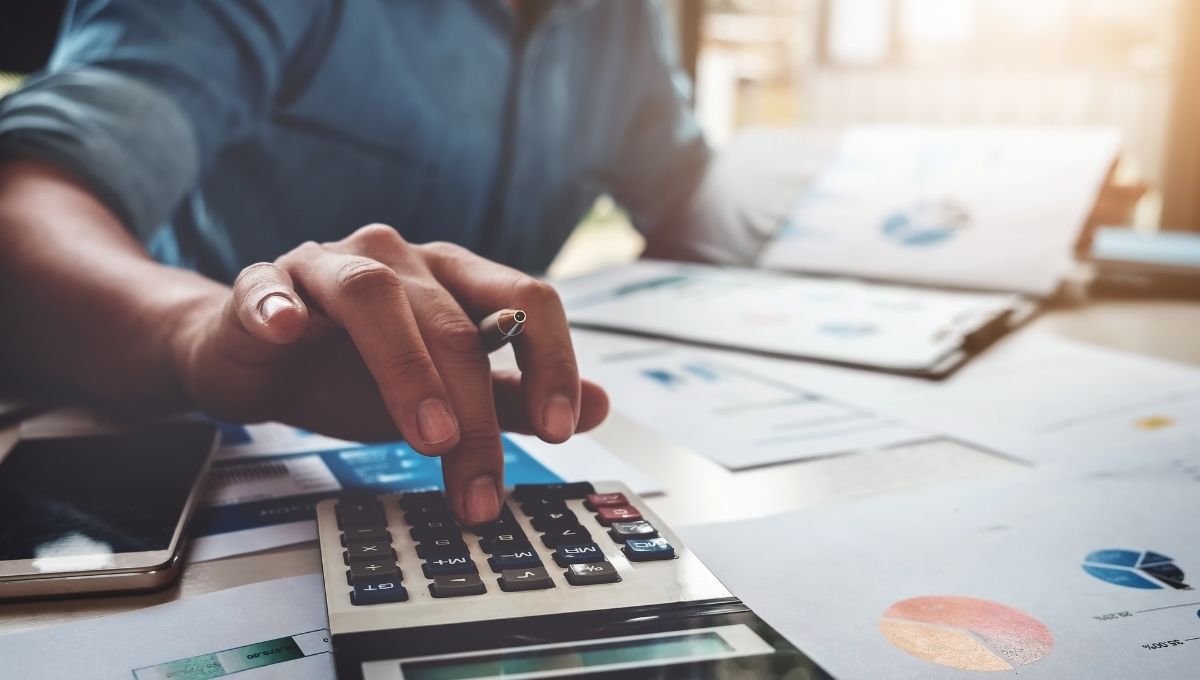
Savings & investment

The personal tax year comes to an end on 5th April, and with it, the chance for you to use your tax allowance and tax exemptions.
Fairstone Chartered financial planner Beverley Henderson takes a look at some key tax and financial planning tips to consider before the end of the tax year.
Usually, you have to pay tax on any income or capital gains you earn from your investments; however, with an ISA, provided you stay within the pay-in limits, capital gains and income made from your investments won’t be taxed.
So it’s worth making sure you use your full ISA allowance of £20,000 for the 2021/22 tax year. You can put the entire amount into a Cash ISA, a Stocks & Shares ISA, an Innovative Finance ISA, or any combination of the three.
You can also consider a Junior ISA fund, which builds up, free from tax on investment income and capital gains, until your child reaches age 18. At that point, the funds can either be withdrawn or rolled over into an adult ISA.
Relatives and friends can also contribute to your child’s Junior ISA, so long as you don’t go above the £9,000 limit for 2021/22.

Many people overlook the capital gains tax allowance, which is £12,300 for the tax year 2021/22. Always remember to use your full allowance every tax year and if you’re married or in a civil partnership, you will both have an allowance – so consider transferring assets between you to reduce your tax bill.
If you realise any losses in the same tax year, these are offset against the gains before the capital gains tax exemption amount is deducted. With this in mind, if your gains would be covered by your exempt amount, capital losses could be wasted, so consider postponing a sale that will generate a loss until the following tax year or realising more gains in the current year.
A pension can be a good way to invest your money for the future as you can get tax relief on the payments you make to your pension pot.
You can contribute up to 100% of your earnings to your pension in each tax year, subject to the annual allowance, which is £40,000 for 2021/22. If you surpass this, you may incur an annual allowance tax charge.
However, if you haven’t used all your allowance in the last three tax years, it might be possible to pay more into your pension plan using ‘carry forward’, though bear in mind the amount is still capped at 100% of your earnings.

Different rules apply if you’ve already started to take money out of your pension plan and you’re affected by the Money Purchase Annual Allowance, or if your income, when combined with your employer’s payments, exceeds £240,000.
Even if you have no earnings, are a non-taxpayer or receive pension income, you still have an annual pension allowance of £3,600. This means that you can pay £2,880 into a pension each year and receive tax relief of £720. You can even make pension contributions for your children of £3,600 a year. However, there are some provider restrictions from age 75.
If you establish a pattern of gifts that can be shown to be covered by your net income, without reducing your capital assets or normal standard of living, these gifts will be free of Inheritance Tax. A key thing to remember is that you don’t have to make these gifts to the same people each year.
You and your spouse can each give your children £5,000 in consideration of an upcoming wedding, or £2,500 for a grandchild’s wedding, free of Inheritance Tax. The marriage tax exemptions can also be combined with your £3,000 a year Inheritance Tax exemption, which would allow you to make larger exempt gifts.
Remember, you can make gifts of £3,000 each year, along with your spouse, which are free of Inheritance Tax. Don’t worry if you forget to make your £3,000 gift one year – you can catch this up in the next tax year. These gifts are in addition to gifts you make out of your regular income.
In cases where at least 10% of your net estate is left to charities, the Inheritance Tax on the remainder is charged at 36% instead of 40%. The exact calculation of your net estate is quite complicated, so it’s important to receive professional advice when drawing up or amending your Will.
The end of the current tax year is on the horizon so if you haven’t taken the time to review your finances and make the most of these exemptions, now is the time.
No one likes to miss out, and as the tax year end approaches, you’ll want to ensure you’re making the most of your allowances and putting yourself in the best position for the new tax year.
In our recent 30-minute webinar, Fairstone’s James Wallace looked at utilising your allowances before tax year end.
View the recording on demand.
View recording
information is based on our current understanding of taxation legislation and regulations. any levels and bases of, and reliefs from, taxation are subject to change.
The value of investments and income from them may go down. You may not get back the original amount invested. Past performance is not a reliable indicator of future performance.
For further information, please contact:
For further information, please contact: